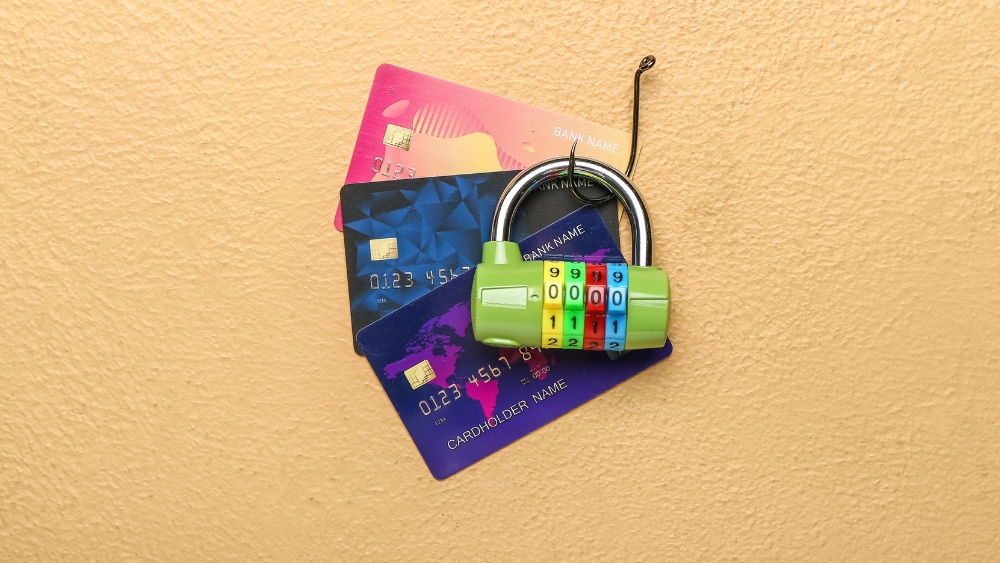Insights
INSIGHTS
All Topics
How to prevent fraud and drive donations
28 Nov 2023by Ioan Marc Jones
We explore a new e-book from Melissa, which gives charities best practice advice on cleaning data and preventing fraudulent activity, while driving donations
It is no secret that fraud is disrupting the charity sector. The growth in fraudulent activity stems, in part, from increasing organisational vulnerability due to the cost-of-living crisis. The charity sector is also seen as a prime target, largely because of an over-reliance on trust and goodwill. On top of that, with the advent of digital technology, fraudsters have more entry points than ever in which to attack charities.
Fraud takes a huge toll on the sector. Research from Preventing Charity Fraud suggests that the cost of fraud on the charity sector is upwards of hundreds of millions of pounds. That is particularly concerning, as fewer than half of charities have effective anti-fraud practices in place and less than one in ten offer employees and volunteers any form of fraud awareness training.
The sector is vulnerable to fraud, but there are simple steps that charities can take to minimise its potential, improve data quality, and ultimately boost donations. In this article, we look at the e-book from data cleaning and ID verification experts Melissa, Preventing Fraud & Driving Donations, that offers charities best practice advice.
The importance of identity verification
The Melissa e-book highlights that ID verification is vital for fraud prevention. Thankfully, implementing ID verification is a pretty straightforward task which drastically minimises fraudulent activity. Charities need to make use of digital ID verification tools, such as Melissa’s Identity Verification Solutions, which ensure a safe, fast, and compliant process for onboarding donors.
The tools are easy to use. At the simplest level, the digital ID verification tools offered by Melissa allow charities to match a name, address, date of birth, or phone number against any reputable data stream, such as government agencies, credit agencies, or utility records. These ID verification tools optimise and automate the process, making fraud prevention exceptionally quick and simple.
A more layered approach provides even greater protection for charities. ID document verification helps organisations to obtain a 360-degree view of donors, supporters, volunteers, and employees. That process is also simple. You ask individuals to upload a recognised form of ID which is checked in real-time by the machine readable zone tech.
Charities can go even further using such biometric technology by adopting liveness checks for those who use a selfie to access their account to make sure they are real and not a static image. The level of ID verification will depend on the needs of the charities, with certain ones needing more in-depth and preventative measures. But, in any case, all charities, as the e-book has specified, should adopt some form of ID verification to prevent fraudulent activity.
The power of clean and accurate data
The e-book reveals that acquiring and maintaining clean donor data remains an ongoing challenge for charities. In fact, 91% of all organisations have data problems, according to the e-book. Melissa claims that charities can easily repair many data issues, starting with incorrect donor information.
Clean data is important for fraud prevention. Ensuring you have the right address for donors and supporters not only boosts marketing capabilities, improves fundraising opportunities, and builds trust and support, but it also prevents fraud. The first step in any ID verification process is ensuring the person provides a correct home postal address that matches to their name.
But, as specified in the e-book, lots of errors with data collection do occur . Roughly 20% of all addresses online are entered incorrectly, for example, and 12% of the UK move each year, making many more addresses outdated. Charities can address the problem with ID verification and lookup software.
Employing such solutions during the sign-up process speeds up donor onboarding , ensures the postal address is verified and standardised, and enhances the user experience. Clean and accurate data, thoroughly checked by undertaking ID verification, will prevent fraud, boost marketing, and drive donations.
The need for quality data to prevent fraud
The more data a charity has, the more they can improve donor relationships, boost marketing, and raise funds. Clean data allows effective segmentation, tailored communications, and the ability to identify a look-alike audience of the best donors for future marketing activity. And, of course, clean and quality data can prevent fraud.
Charities, as expressed in the Melissa e-book, should take simple steps to improve the quality of their data. They can adopt a data quality lifecycle, which starts with cleaning and verifying data, moves onto enriching data, then matching and merging data, then profiling and monitoring data.
By following these simple steps, covered in more detail in the e-book, charities can increase their donations and minimise the risk of fraud. Once the foundations of quality data are in place you will be able to prioritise, act strategically, and ensure the long-term sustainability of your organisation.
Ioan Marc Jones
More on this topic
Recommended Products
Our Events
Charity Digital Academy
Our courses aim, in just three hours, to enhance soft skills and hard skills, boost your knowledge of finance and artificial intelligence, and supercharge your digital capabilities. Check out some of the incredible options by clicking here.















